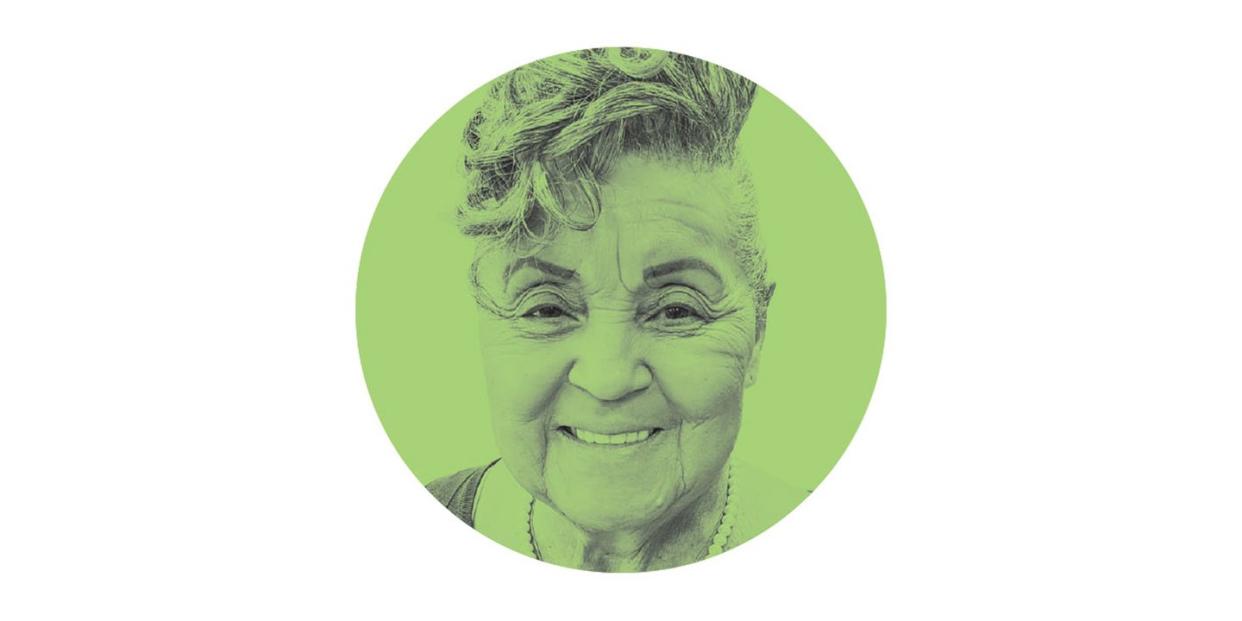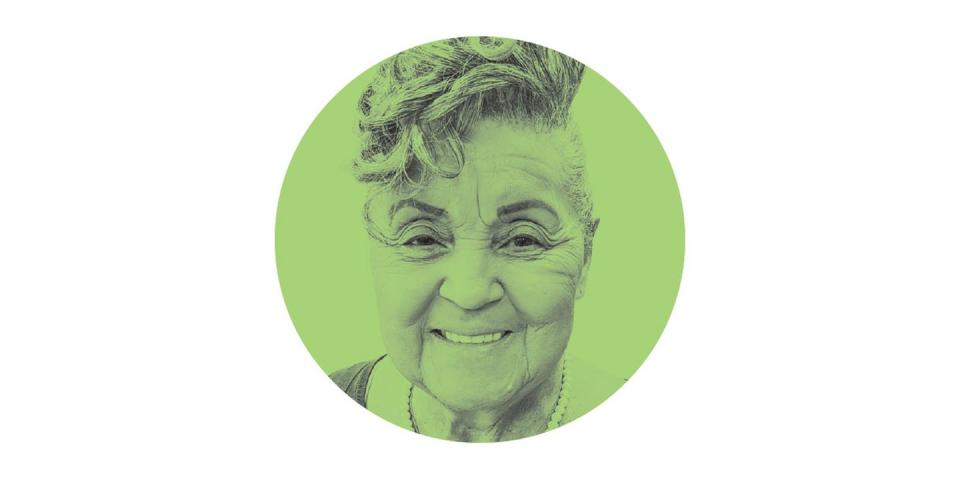When Hotels Wouldn't Serve Martin Luther King Jr., Patricia Brown's Family Stepped In

- Oops!Something went wrong.Please try again later.
“Hearst Magazines and Verizon Media may earn commission or revenue on some items through the links below.”
Interview by Jasmine Putney

This article was originally published with Hearst Television. Click here to see the video.
A special meal for a special guest.
“He said, ‘Now make sure you have those greens and the fried chicken and the potato salad and sweet potato pie and lemonade,’” Patricia Brown said, remembering the night Martin Luther King Jr. came to dinner in 1958.
He was in town for a national Baptist convention. Brown’s grandparents signed up to host a few visitors.
“We didn’t really have a lot of hotels around and some of the hotels we did have, they were limited to letting Blacks come in,” she said.
The Rev. Paul Hayes was one of their guests. Brown said Hayes was so impressed by the family’s home-cooked meals, he asked if they would be willing to cook for his friend—King.
“And my grandfather says, ‘Yes, we would love to fix dinner for him,’” she said. “We were just beside ourselves. Dr. King here in Omaha, in our house.”
Brown said she was honored to welcome a leader for the movement she had long been part of.
“We started marching about different things that weren’t right. And because we believed in Dr. King, you do things nonviolent. So, we were always nonviolent,” Brown said.
Brown said they battled for equal housing, equal rights, even equal access to the local pool.
“Several of my friends decided to picket it and say ‘How come we can’t swim out there?’” she said. “And eventually that led to them draining the swimming pool. We didn’t have a swimming pool anymore.”
As frustrating as the discrimination was, Brown called the fight organized and peaceful. But the next decade would bring many changes.
“We had this young Black girl that was shot,” Brown said.
Vivian Strong was 14 when an Omaha police officer shot her in 1969. They were responding to a robbery near her home. The response scared her. She ran away.
“Before you knew it, we had a riot on 24th Street,” she said.
Brown said she was reminded of the fiery scene during the summer of 2020, more than 50 years later.
“I was appalled on 72nd and Dodge when they did that to Target and some of the other stores out there,” she said. “It’s almost like the same culture in a way.”
Brown said it was upsetting to see history repeat itself.
“This is my city. I’ve been here all my life. I’m 83 years old and to see them do that, that just bothered me,” she said. “But there’s nothing you can do about it but wait and see what happens.”
Brown agreed the images from the height of the civil rights movement of the ’50s and ’60s look similar to the modern-day movement for racial justice. And for each era, she said the visuals played a key role in moving things forward.
“When Dr. King walked across the bridge and they had the hose on them, trying to keep them from coming down the bridge and John Lewis was hit in the head, you could see that. But the thing is, I’m thinking with George Floyd they’re starting to say enough is enough. Enough is enough,” she said.
“You saw George Floyd. You saw him lying on the ground, gasping for breath, calling for his mama. It was there in plain sight. So how could you deny that?”
Floyd’s death served as a tragic turning point, Brown said. She shared her message for young people, still fighting the decades-old fight.
“Just hang in there but move along. Listen to your peers or your parents or those older than you and find out their experiences then keep trudging along to move it along,” Brown said.
She emphasized the continued importance of nonviolence.
“I’m just hoping that if any of our young people looked at January the 6th, they’ll see that’s not the way,” Brown said. “We got the first Black woman as the vice president of the United States. That’s what you should strive for. Not through violence, but through [your mind]. That’s the way it should be.”
Turn Inspiration to Action
Consider donating to the National Association of Black Journalists. You can direct your dollars to scholarships and fellowships that support the educational and professional development of aspiring young journalists.
Support The National Caucus & Center on Black Aging. Dedicated to improving the quality of life of older African-Americans, NCCBA's educational programs arm them with the tools they need to advocate for themselves.
This story was created as part of Lift Every Voice, in partnership with Lexus. Lift Every Voice records the wisdom and life experiences of the oldest generation of Black Americans by connecting them with a new generation of Black journalists. The oral history series is running across Hearst magazine, newspaper, and television websites around Juneteenth 2021. Go to oprahdaily.com/lifteveryvoice for the complete portfolio.

You Might Also Like

